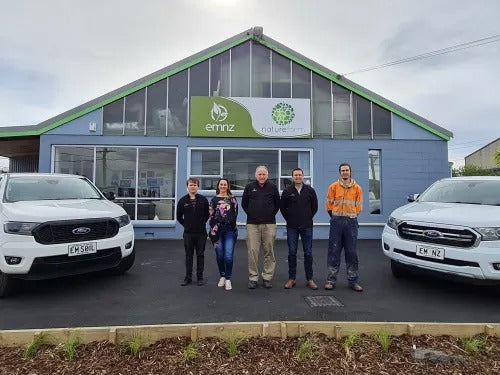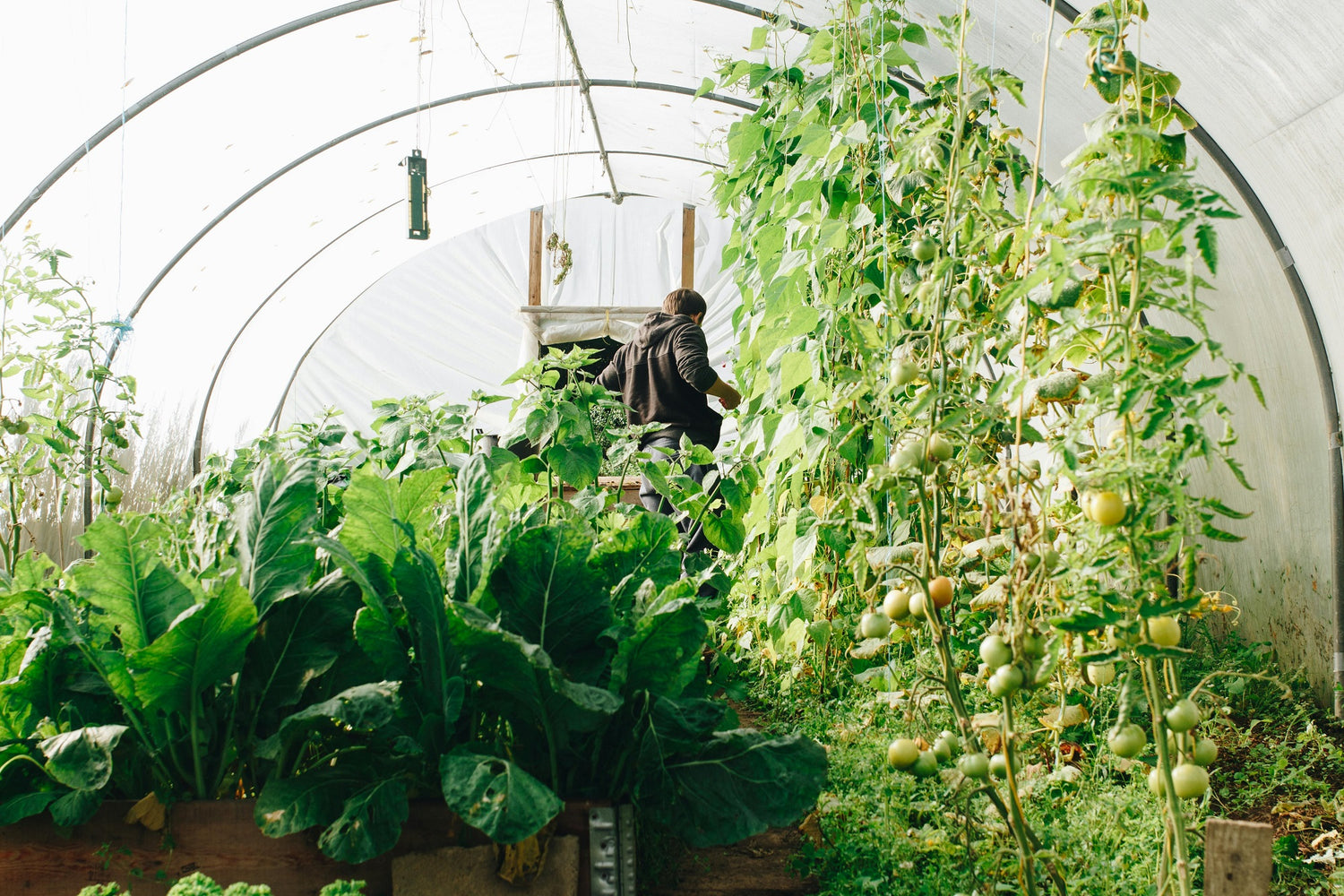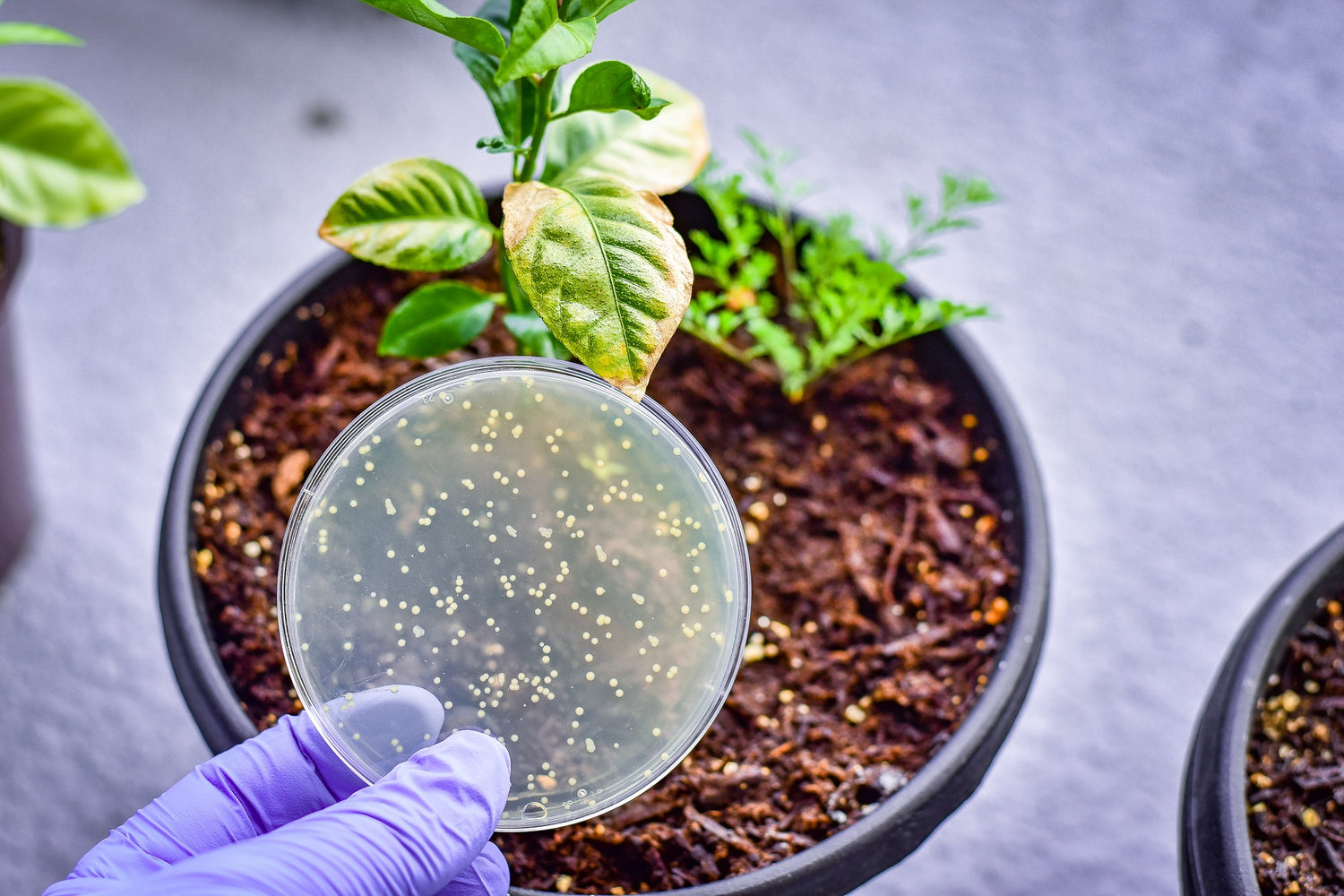 Naturefarm was founded in 2001 by Mike Daly as a trading company for a Effective Microorganisms (EM), a Japanese-developed microbial product in New Zealand. From small beginnings the company has now become a leader in microbial solutions for agriculture in New Zealand. The focus is to develop products that meet the goals of sustainable food production and environmental conservation.
Naturefarm was founded in 2001 by Mike Daly as a trading company for a Effective Microorganisms (EM), a Japanese-developed microbial product in New Zealand. From small beginnings the company has now become a leader in microbial solutions for agriculture in New Zealand. The focus is to develop products that meet the goals of sustainable food production and environmental conservation.
Company History
From the outset there were challenges in introducing this technology to the New Zealand market. Firstly experience and knowledge in the application of EM into large farming and horticultural systems was very limited. Most of the overseas knowledge was on small holdings and in the tropics so trialing EM across different applications and crops was crucial. In addition, the New Zealand agricultural sector was very stuck in a model of using chemical based fertilisers and soil amendments and natural solutions like EM were not understood nor common. Mike accepted this challenge head on and using his extensive experience from AgResearch he slowly expanded the reach of the product.

Following the early years, sales and exposure for Naturefarm increased with EM1 being the main product sold. As awareness and success in the field grew, we started to add other products (EMa (Ready to Use) and Bokashi) to the range and our focus was on teaching people how to use both EM and Bokashi, and how it could be used to improve soil health and performance. Working alongside regional councils and waste groups helped drive interest and knowledge in the products and how they could be used to mitigate some of the issues in the agriculture and waste industries. Bokashi was spun off into its own company ZingBokashi with Naturefarm left to focus primarily on EM. (Early EM Trials below)

The first major growth period for the company occurred in 2011, this was through a relationship that had been developed in the years prior with a company that was using EM as part of their own animal health and soil products. The growth in their products and the subsequent demand for EM helped grow Naturefarm and gave Mike confidence to bring his son, Paul into the company. We started to really focus on the agricultural market around this time and this also made us look at using a distributor model as a means of increasing awareness and sales of EM around NZ.  Over the next few years, we spent a lot of time on the road working alongside soil consultants and fertiliser companies and a lot of time and research went into looking at EM and its effectiveness alongside different types of fertiliser. This helped EM become more recognised by these consultants as a product that can enhance the effect of fertiliser and boost soil performance. We owe a debt of gratitude to these companies and consultants, they know who they are, as there willingness to try and experiement with EM help us grow our awareness into the multitude of applications where EM can be effective.
Over the next few years, we spent a lot of time on the road working alongside soil consultants and fertiliser companies and a lot of time and research went into looking at EM and its effectiveness alongside different types of fertiliser. This helped EM become more recognised by these consultants as a product that can enhance the effect of fertiliser and boost soil performance. We owe a debt of gratitude to these companies and consultants, they know who they are, as there willingness to try and experiement with EM help us grow our awareness into the multitude of applications where EM can be effective.
(Above right: Our first premises - The garage at Mikes' House circa 2001. Below right, Our Current Factory and team in Christchurch)

This research also led us down the track of making our own 'solid' or 'dry' form of EM which became the catalyst for our next major growth period, as this allowed farmers and companies to add EM to their fertiliser applications without an additional liquid application. Also, at this time we diversified and added a few new product lines which were manufactured by Naturefarm as white label products for 3rd parties. These products included foliar nutrients with EM and other natural ingredients adding biological enhancement and boosting performance befitting our company’s wider ethos.
Over the past year we have added further secondary ready to use products under the EMNZ brand, designed to further support our farmers and we have also taken on more white label products. Our goal is to continue to grow the awareness of EM and the use of microbial products and biofertilisers within New Zealand. This is especially relevant in the world today with legislation restricting the use of certain fertilisers and agrichemicals, and goals to improve carbon and water ustilisation in soils.





